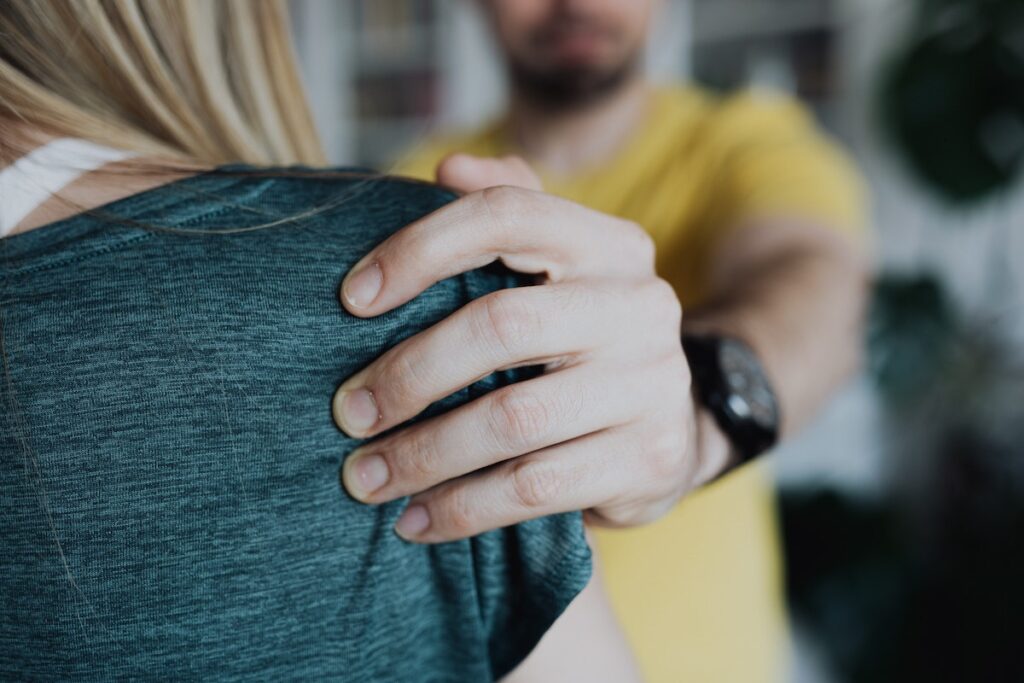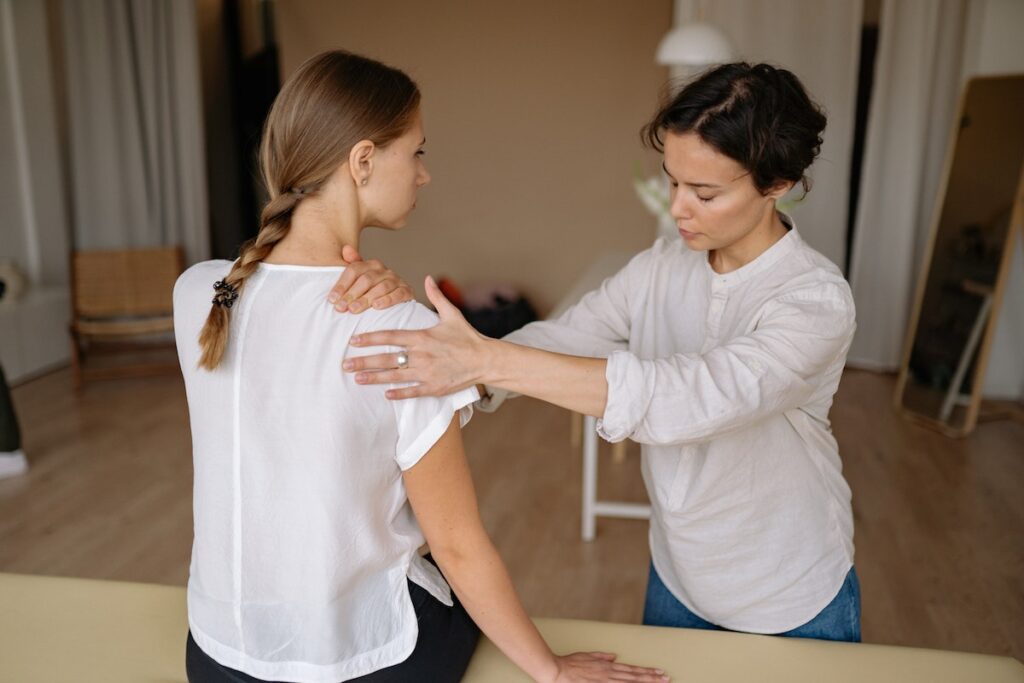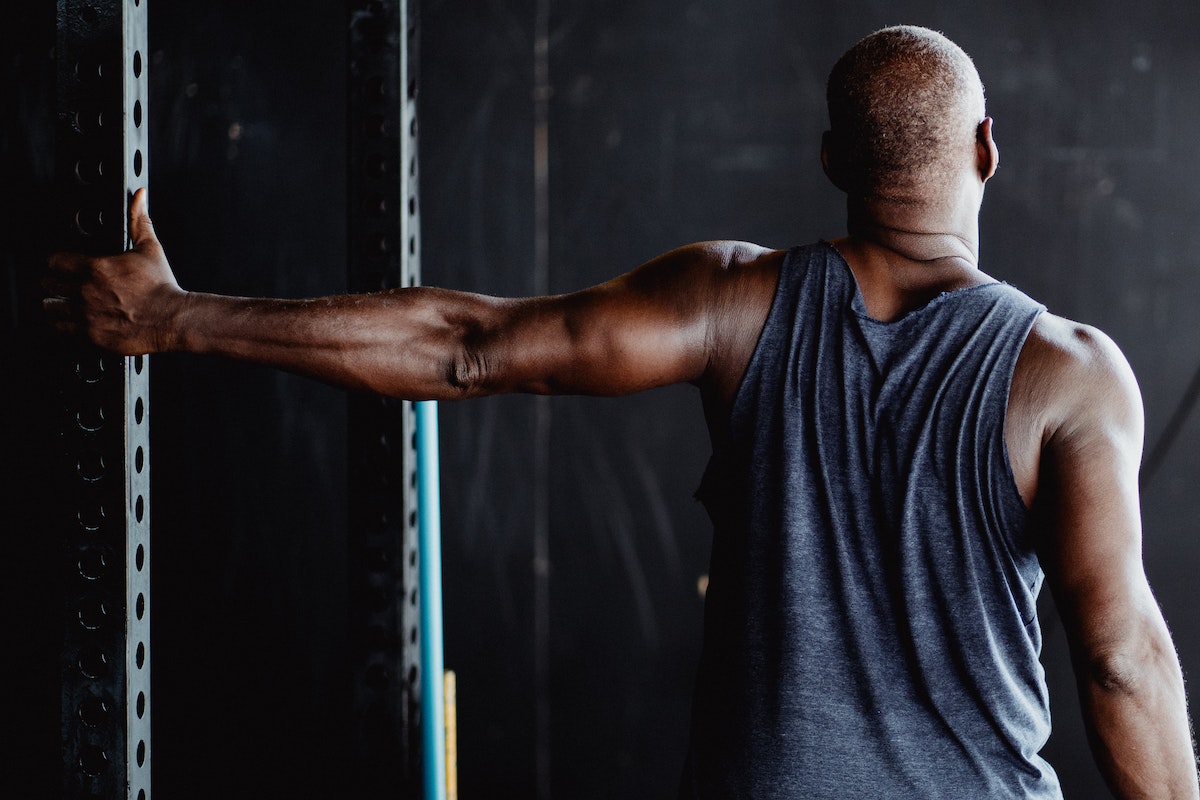Introduction
The shoulder is a complex and highly mobile joint that allows a wide range of movements in the arm. Due to its extensive range of motion and involvement in various activities, the shoulder is prone to injuries. Shoulder injuries can occur in people of all ages, from athletes and active individuals to those with sedentary lifestyles. Understanding the causes, types, symptoms, diagnosis, treatment, and rehabilitation of shoulder injuries is crucial for effective management and recovery. In this comprehensive 3000-word article, we will explore the world of shoulder injuries and shed light on the essential aspects related to their prevention and care.
Section 1: Anatomy of the Shoulder
The shoulder joint is formed by the articulation of the humerus (upper arm bone), scapula (shoulder blade), and clavicle (collarbone). It is a ball-and-socket joint, allowing a broad range of movements, including flexion, extension, abduction, adduction, internal rotation, and external rotation. The joint is supported and stabilized by ligaments, tendons, muscles, and a cushioning structure known as the labrum.
Section 2: Common Causes of Shoulder Injuries
Shoulder injuries can result from various causes, including:
- Overuse and Repetitive Movements: Engaging in repetitive activities, such as sports or work-related tasks that involve overhead movements, can strain the shoulder joint and lead to injuries.
- Trauma and Accidents: Falls, sports collisions, and motor vehicle accidents can cause direct impact or forceful movements that result in shoulder injuries.
- Rotator Cuff Tears: The rotator cuff is a group of muscles and tendons that stabilize the shoulder joint. Tears in these tendons can occur gradually due to age-related degeneration or suddenly from trauma.
- Shoulder Dislocation: A dislocation happens when the humerus comes out of its socket, usually resulting from a sudden impact or force.
- Labral Tears: Tears in the labrum, a ring of cartilage that lines the shoulder socket, can occur due to traumatic events or chronic overuse.
- Bursitis: Inflammation of the bursa, fluid-filled sacs that cushion the joint, often resulting from repetitive movements or trauma.
- Fractures: Broken bones in the shoulder region, such as the collarbone, shoulder blade, or upper arm bone.
- Tendinitis: Inflammation of the tendons in the shoulder, often caused by overuse or repetitive movements.
Section 3: Types of Shoulder Injuries

Shoulder injuries can encompass a range of conditions, including:
- Rotator Cuff Tears: Partial or complete tears in the tendons of the rotator cuff.
- Shoulder Dislocation/Subluxation: Partial or complete displacement of the humerus from the shoulder socket.
- Labral Tears: Tears in the labrum, which can be SLAP (superior labrum anterior to posterior) or Bankart tears.
- Bursitis: Inflammation of the bursa, often resulting from repetitive movements.
- Adhesive Capsulitis (Frozen Shoulder): A condition characterized by the thickening and tightening of the joint capsule, leading to restricted range of motion.
- Fractures: Broken bones in the shoulder region, which can be clavicle fractures, scapular fractures, or humeral fractures.
Section 4: Symptoms of Shoulder Injuries
The symptoms of shoulder injuries may vary depending on the specific condition, but common signs include:
- Pain: Dull, sharp, or intense pain in the shoulder, often worsened by movement or pressure.
- Limited Range of Motion: Difficulty in moving the arm or shoulder through its full range of motion.
- Weakness: Reduced strength in the affected arm or shoulder.
- Swelling and Bruising: Inflammation and bruising around the shoulder joint.
- Clicking or Popping Sensations: Audible or palpable sensations within the joint during movement.
- Instability: Feeling that the shoulder is “loose” or prone to slipping out of place.
- Numbness or Tingling: Sensations of numbness or tingling in the arm, especially in nerve-related injuries.
Section 5: Diagnosis of Shoulder Injuries
Diagnosing shoulder injuries typically involves a combination of the following:
- Medical History: The healthcare provider will inquire about the patient’s symptoms, medical history, and any recent injuries or activities that may have contributed to the pain.
- Physical Examination: A thorough examination of the shoulder, assessing range of motion, muscle strength, and areas of tenderness.
- Imaging Studies: X-rays, MRI, or CT scans may be conducted to visualize the shoulder joint’s internal structures and detect any fractures, tears, or abnormalities.
- Arthroscopy: A minimally invasive procedure in which a small camera is inserted into the shoulder joint to visualize and diagnose the condition.
Section 6: Treatment of Shoulder Injuries

The treatment of shoulder injuries depends on the specific injury and its severity. Common treatment options include:
- Rest and Activity Modification: Adequate rest and avoiding activities that exacerbate the pain.
- Pain Medication: Over-the-counter pain relievers or prescription medications may be used to manage pain and inflammation.
- Physical Therapy: Specific exercises and stretches designed to strengthen the shoulder muscles, improve flexibility, and restore range of motion.
- Immobilization: Sling or brace may be used to immobilize the shoulder and promote healing.
- Cold and Heat Therapy: Applying cold packs or heat pads can help reduce inflammation and alleviate pain.
- Corticosteroid Injections: Injections of corticosteroids into the joint to reduce inflammation and pain.
- Surgical Intervention: In severe cases or when conservative treatments fail, surgery may be necessary to repair damaged structures, stabilize the joint, or address underlying issues.
Section 7: Rehabilitation and Recovery
Rehabilitation is a crucial aspect of shoulder injury recovery. It typically involves:
- Physical Therapy: Gradual progression of exercises and stretches to restore shoulder strength, flexibility, and range of motion.
- Strengthening Exercises: Focus on strengthening the shoulder muscles, including the rotator cuff and surrounding muscles.
- Range of Motion Exercises: Specific movements to improve the shoulder’s flexibility and prevent stiffness.
- Functional Activities: Integration of exercises that mimic daily tasks and sports activities.
- Patient Education: Proper body mechanics, posture, and techniques to prevent future injuries.
Section 8: Preventive Measures for Shoulder Health
Preventing shoulder injuries involves adopting healthy habits and practices:
- Warm-Up: Always warm up before engaging in physical activities to prepare the shoulder muscles and joints for movement.
- Strengthening Exercises: Regularly perform exercises to strengthen the shoulder muscles, including the rotator cuff.
- Proper Technique: Ensure proper form and technique when engaging in sports or weightlifting to avoid strain on the shoulder joint.
- Avoid Overuse: Avoid repetitive movements that can put excessive stress on the shoulder.
- Ergonomic Support: Ensure proper ergonomics at workstations to minimize shoulder strain.
- Gradual Progression: When starting a new exercise or physical activity, gradually increase intensity and duration to avoid sudden strain on the shoulder.
Conclusion
Shoulder injuries are common and can significantly impact an individual’s daily activities and quality of life. Understanding the symptoms, causes, and preventative techniques can be very helpful! If you find yourself overwhelmed though, please contact us to schedule an evaluation today!


